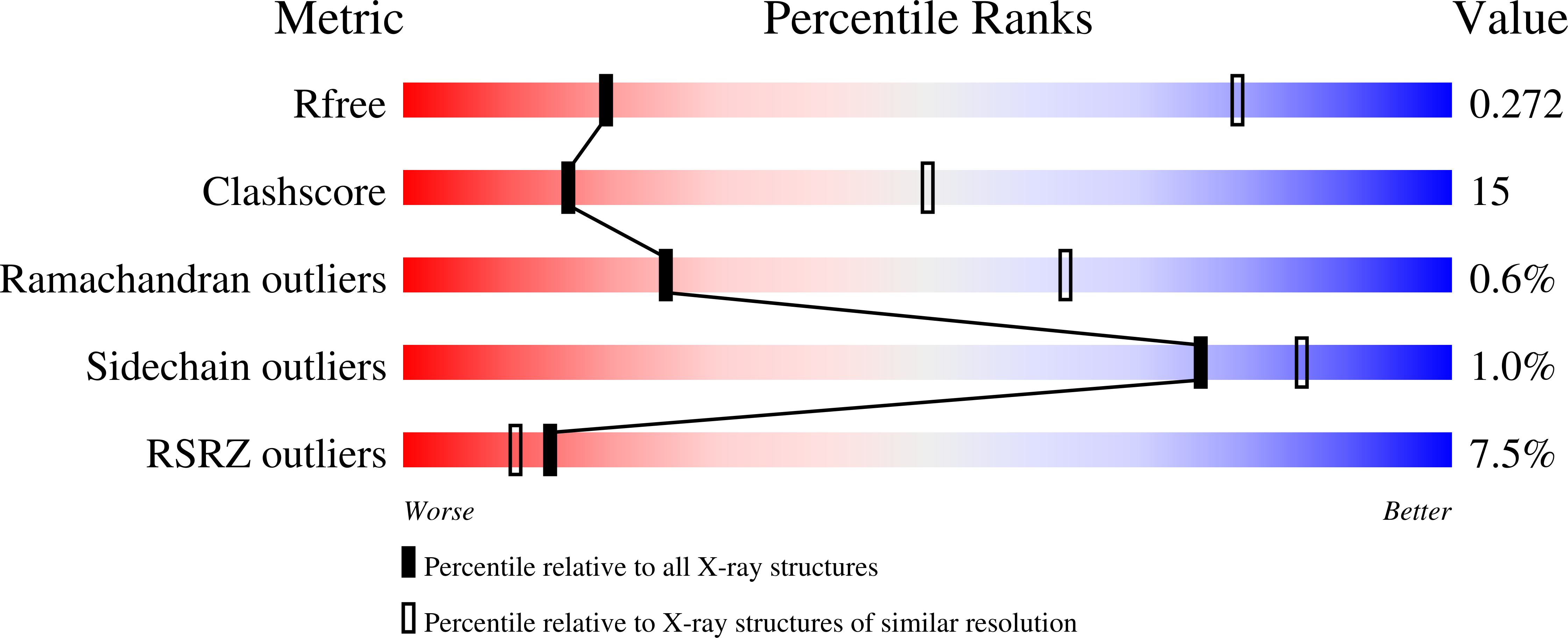
Deposition Date
2022-02-22
Release Date
2022-10-19
Last Version Date
2023-10-18
Entry Detail
PDB ID:
7U22
Keywords:
Title:
Mycobacterium tuberculosis RNA polymerase sigma A holoenzyme open promoter complex containing UMN-7
Biological Source:
Source Organism:
Mycobacterium tuberculosis (Taxon ID: 1773)
Host Organism:
Method Details:
Experimental Method:
Resolution:
3.87 Å
R-Value Free:
0.27
R-Value Work:
0.24
R-Value Observed:
0.24
Space Group:
P 21 21 21


